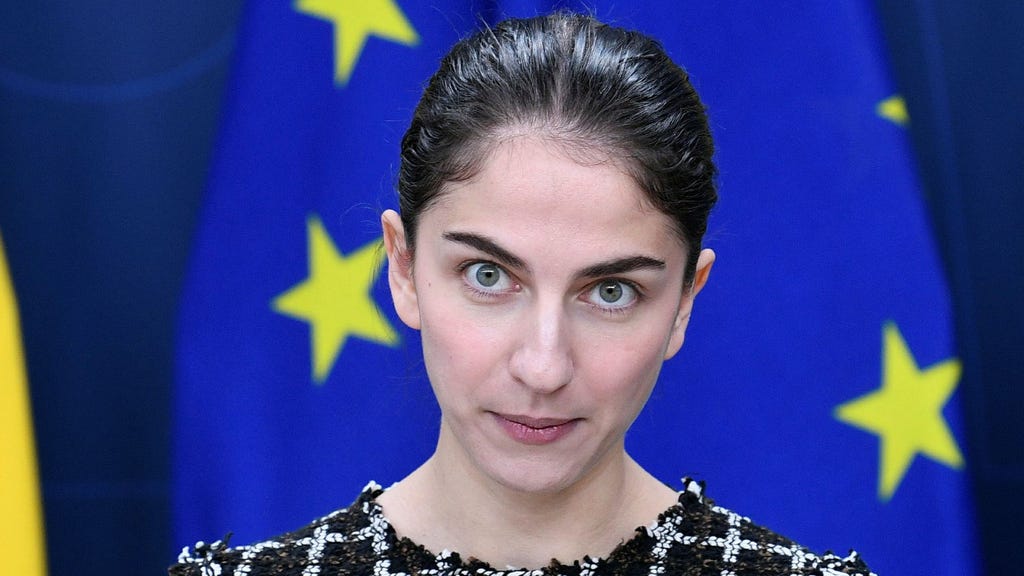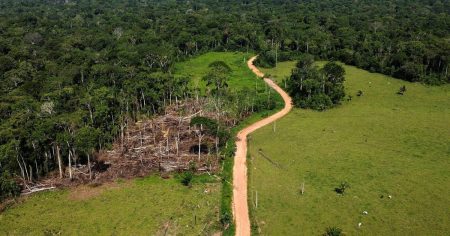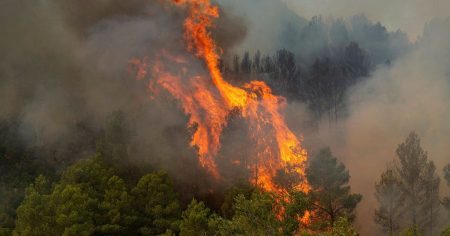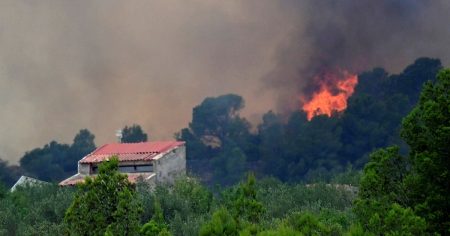The Dire State of Climate Action: COP29 Under the Shadow of Trump’s Return
The 29th Conference of the Parties (COP29) climate summit in Baku, Azerbaijan, commences amidst a backdrop of alarming climate realities and escalating political uncertainties. The year 2024 is projected to be the hottest on record, marking the first time global temperatures are anticipated to surpass the 1.5°C warming threshold, a critical limit established in the Paris Agreement. This symbolic breach underscores the urgency of global climate action, as the tangible consequences of climate change become increasingly evident. Extreme weather events, from devastating floods in Spain to powerful hurricanes in the USA, are now routinely linked to human-induced emissions, highlighting the real-world impacts of a warming planet.
The United Nations Environment Programme (UNEP) paints a bleak picture, projecting a 3.1°C temperature rise by the end of the century unless drastic measures are implemented. This dire prediction raises concerns about the catastrophic consequences for human societies and global economies. To avert this scenario, global emissions must be slashed by at least 42% by 2030 and 57% by 2035, representing an annual reduction of 7.5%. Achieving these ambitious targets requires unprecedented global cooperation and a rapid transition away from fossil fuels. However, the renewed prospect of Donald Trump’s presidency casts a long shadow over the negotiations, threatening to undermine international climate efforts.
Trump’s pro-fossil fuel stance and previous withdrawal from the Paris Agreement raise serious concerns about the future of US climate policy. His potential return to the White House is seen as a significant setback for international climate cooperation and trust between developed and developing nations. While the Biden administration will represent the US at COP29, President Biden’s absence from the summit further underscores the political uncertainty surrounding US climate commitments. This uncertainty raises questions about the reliability of US pronouncements during the negotiations and puts pressure on other nations, particularly within the EU, to step up their climate leadership.
The already complex negotiations are further complicated by the absence of several key world leaders, including US President Joe Biden, EU President Ursula von der Leyen, Russian President Vladimir Putin, French President Emmanuel Macron, and Norwegian Prime Minister Jonas Gahr Støre. While over 100 countries have confirmed their leaders’ attendance, the lower-than-usual turnout, approximately half the number of delegates compared to COP28 in Dubai, raises concerns about the level of commitment and momentum for climate action. Despite these challenges, the summit must address critical issues, particularly the financial support from wealthier nations to assist developing countries in their climate mitigation and adaptation efforts.
A central agenda item at COP29 is the establishment of a new climate finance goal to replace the expiring $100 billion annual target. The UN estimates the actual need to be ten times higher, at $1 trillion annually, while others argue for even greater sums, reaching $1.4 trillion. Negotiations are expected to be intense, with disagreements on the appropriate level of funding and the contributing countries. Developed countries, including the EU and Sweden, resist the higher figures and advocate for greater contributions from economically advanced developing nations like China, Saudi Arabia, and Singapore. The historical division between developed and developing countries in climate negotiations is increasingly contested, as several developing nations have experienced significant economic growth since the 1992 climate convention. Concerns have been raised regarding the allocation of climate funds, with instances of oil-rich nations receiving support for projects related to their fossil fuel industries.
Beyond the immediate financial commitments, COP29 must also address the systemic changes required to align global finance with climate goals. Redirecting existing financial flows towards climate-friendly investments, rather than traditional infrastructure and industries, is seen as crucial for achieving a sustainable future. This perspective reframes the seemingly massive financial requirements as a reallocation of existing resources, rather than an insurmountable burden. Another contentious issue revolves around the allocation of funds between climate mitigation, adaptation measures, and compensation for loss and damage caused by climate change impacts. Developing countries prioritize adaptation and loss and damage funding, while developed nations often emphasize mitigation efforts. Sweden has faced criticism for being the only Nordic country not contributing to the loss and damage fund established last year, highlighting the ongoing tensions surrounding international climate finance. However, indications suggest a potential shift in Sweden’s position, adding a glimmer of hope to the negotiations.














